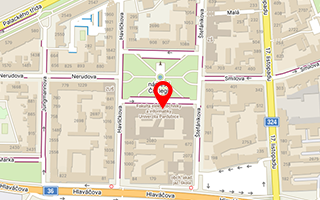Publikace detail
Advanced targets association based on GPU computation of PHD function
Autoři:
Pidanič Jan | Shejbal Tomáš | Němec Zdeněk | Suhartanto Heru
Rok: 2015
Druh publikace: článek ve sborníku
Název zdroje: 7th International Conference on Advanced Computer Science and Information Systems (ICACSIS), 2015
Název nakladatele: IEEE (Institute of Electrical and Electronics Engineers)
Místo vydání: New York
Strana od-do: 6-15
